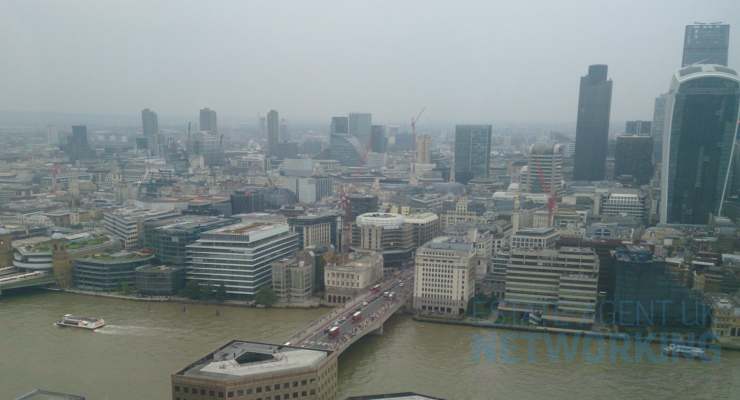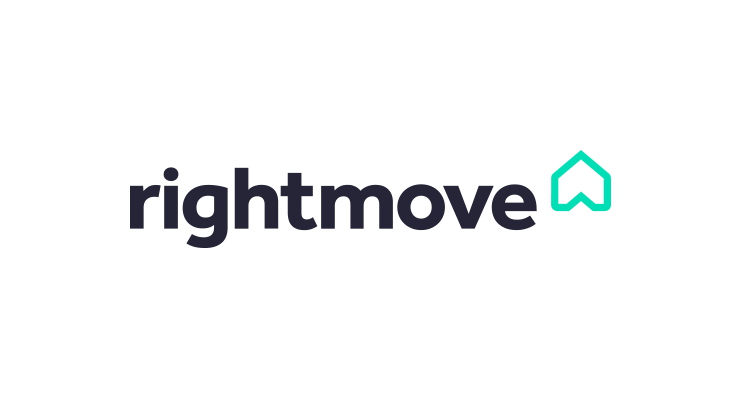Understanding the problem of pigeons in urban spaces
Pigeons may be part of the everyday cityscape but that doesn’t mean they’re welcome. A common sight on buildings in urban areas, they’re more than just a nuisance. Pigeons can cause real damage to buildings and other structures, that’s why people have developed different methods to get rid of pigeons.
Controlling pigeons on your roof is notoriously difficult to achieve in the long run, even with specialist advice from a member of the British Pest Control Association (BCPA). That said, there are effective bird prevention techniques that you can implement as part of your property maintenance schedule that should make a substantial difference.
What exactly are feral pigeons?
The pigeons we all know and don’t love are originally descended from wild rock doves. These Mediterranean cliff face dwellers are now well adapted to live in urban environments, searching out habitats that are similar to their natural surroundings: apartment blocks and commercial high rise buildings, empty loft spaces, railway arches – in fact most tall urban spaces that offer a bit of shelter.
Being feral birds, they’re perfectly capable of finding food, having adapted their natural diet to include anything that can be scavenged, including household scraps and discarded takeaway foods.
Why are they a problem?
While some would regard urban pigeons as being harmless animals, the reality is that these birds have the potential to harm human health as well as the built environment. There are 4 main problems associated with having pigeons:
- Danger to public health
Feral pigeons carry diseases, primarily through their faeces, that can lead to meningitis, salmonella, encephalitis and e.coli in humans, to mention just a few. They can also cause fleas, mites and other parasites to be spread into inhabited buildings.
- Risk of accidents
Bird droppings on pavements and walkways can make the surface slippery for pedestrians, while bird deposits on ledges on high rise buildings create hazardous working conditions for building maintenance staff.
- Damage to buildings
Water ingress may be the result of displaced roof coverings as the birds force entry into the building. Feathers, faeces and other detritus can obstruct gutters, drainage and air vents, while nesting in gutters and hoppers can lead to a complete blockage. In unoccupied buildings, the damage may not be detected straightaway, leading to potentially serious damp and decay problems as well as structural damage. What’s more, the accumulation of bird droppings can damage both brickwork and render.
- The nuisance factor
In an urban built-up environment, pigeons are a pest plain and simple. Their faeces and other detritus are visually unattractive, defacing public spaces and private buildings which necessitates regular clean-ups. The birds’ noise, nesting activity and ‘begging’ for food is highly irritating.
What can you do to control pigeon activity?
Methods for pigeon control range from bird deterrents to population reduction techniques. It should be stressed that feral pigeons are protected under the Wildlife and Countryside Act 1981 and it’s illegal in the UK to harm pigeons or interfere with their eggs or nests. Consult with an authorised pest control company for appropriate measures that can be taken.
To deter pigeons from perching or nesting on a building owned or managed by you, consider the following options:
- Food reduction
Reducing food availability is the most successful long-term method to achieve a decrease in the number of pigeons. Reduce the quantity of food – by keeping the area scrupulously clean, securely covering dustbins and discouraging the feeding of pigeons – and the birds will, put simply, go away.
Easier said than done, of course. However, when faced with the consequences of allowing the feeding of birds while also embracing the concept of culling, which only serves to rejuvenate the pigeon population, some local councils are seeing feral pigeon flocks growing to unsustainable levels, causing deeply entrenched problems for property owners as a result.
- Proofing of buildings
As a building owner or manager, there are several commercially available methods you can use to deter pigeons from perching or nesting on buildings. These practical measures include
- Visual, audio or mechanical bird scarers
- Bird nets fixed to an area of the building to prevent access
- Sprung wires placed along narrow ledges to prevent landing and take-off
- Plastic or stainless steel spikes fixed to buildings to obstruct bird access
- Gel repellent applied to the surface to discourage perching









